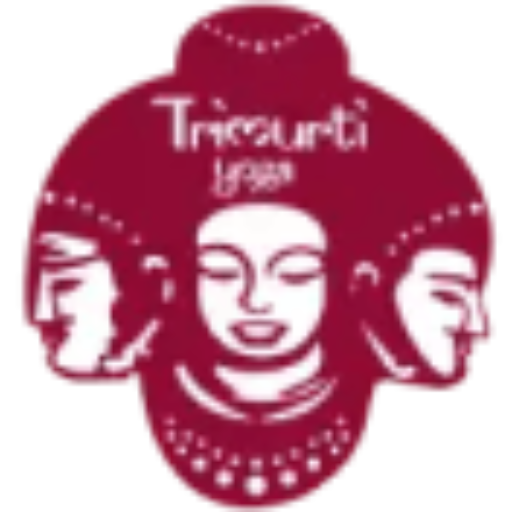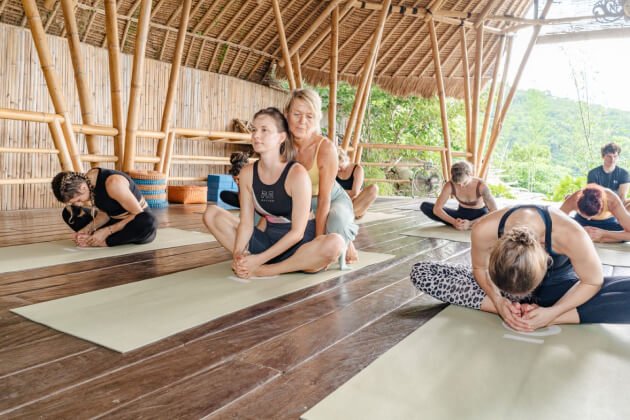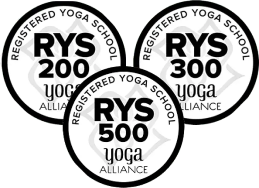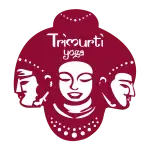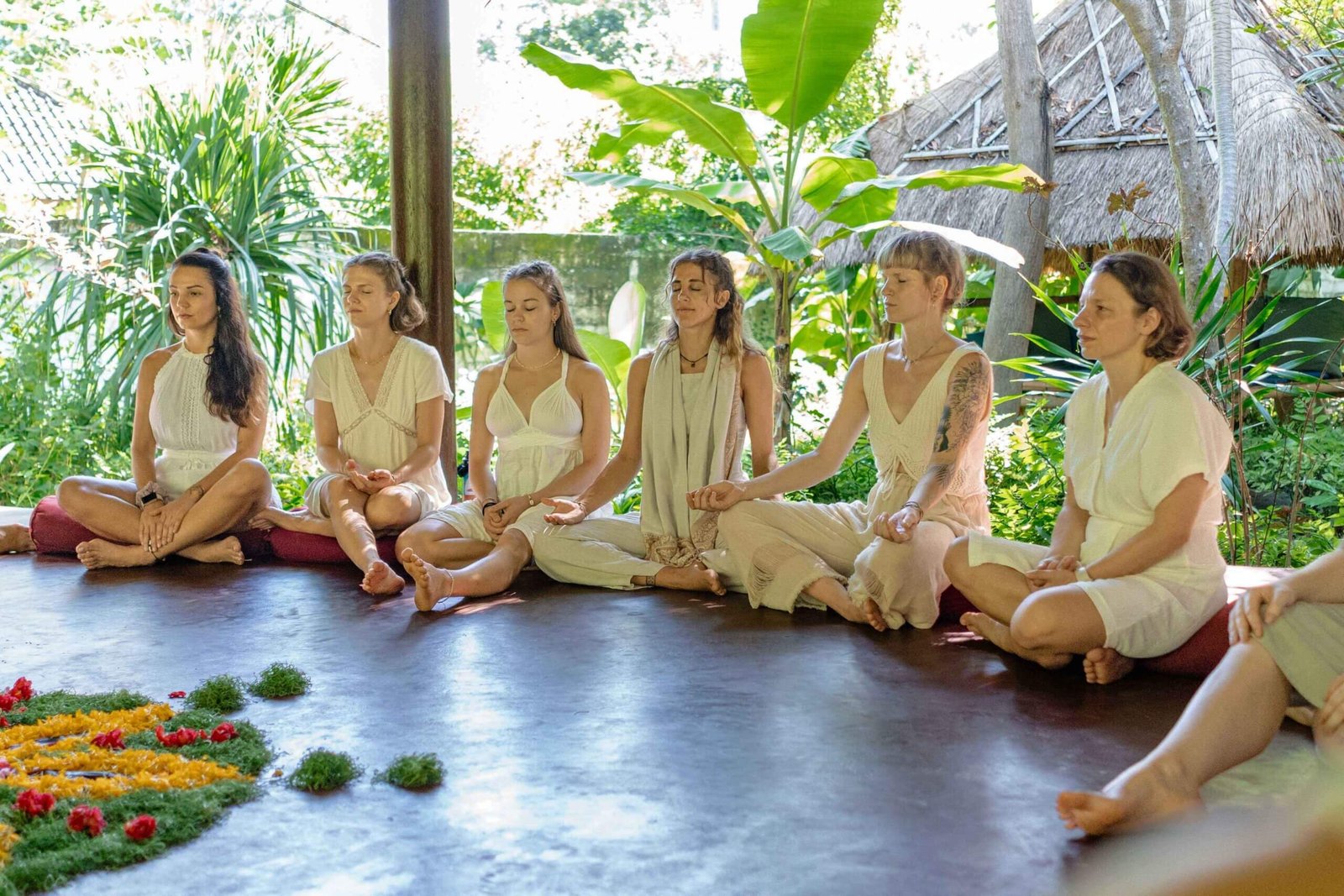
Surya Namaskar, also called Sun Salutation, consists of a sequence of 12 flowing yoga postures. This exercise is very good for achieving physical health and mental well-being. We will examine 12 Surya Namaskar Poses and their advantages in this article.
What is Surya Namaskar?
Surya Namaskar: “Sun Salutations.” It is a combination of 12 poses or asanas in yoga performed in a smooth, flowing sequence. Traditionally, this is done to show respect to the sun, which symbolizes energy and life. This is not an exercise but a combination of breathing and movement for general well-being.
What are the Benefits of Surya Namaskar?
- Helpful for losing weight.
- Strengthens your muscles and joints.
- Ensures a healthier digestive system.
- Helpful in overcoming insomnia.
- Maintains regular menstrual cycles.
- Reduces tension.
- Activates the body’s chakras.
- Controls blood sugar levels.
- Healthy skin.
- Helps with digestion.
- Activates the body’s chakras.
- Controls blood sugar levels.
What is the Right Time to Do Surya Namaskar?
Although one can practice Surya Namaskar at different times during the day, the following are considered to be the best times:
-
In the Morning
Surya Namaskar can be practiced early in the morning, just after getting up from bed, about sunrise. The fresh air and rising sun can boost your energy for the whole day ahead. That way, it becomes an excellent exercise to wake up and start a day on a positive note.
-
In the Evening:
You may also practice Surya Namaskar in the evening for some hours before sleeping. It helps relax your body and relieve all the stress of the day so that you can retire to bed comfortably.
12 Surya Namaskar Poses
Step 1: Pranamasana (Prayer Pose)
Stand straight with both of your feet together and your palms pressed together in front of your chest. Keep your knees straight. Inhale and exhale slowly.
Benefits:
- It helps focus your mind and prepares you for the practice.
- It helps with posture and alignment.
2. Hasta Uttanasana (Raised Arms Pose)
Inhale deeply, then stretch your arms forward and raise them over your head. Looking up, bend your body gradually. Breathe out. (Breathe in when you bend backward, and exhale when you bend forward.)
Benefits:
- It stretches your upper body and spine.
- It opens up your chest and improves your breathing.
3. Hastapadasana (Hand to Foot Pose)
Exhale and slowly fold forward and down to your knees, keeping your spine long as you do so.
Hands down, with only your fingers touching the floor. Bend your knees only far enough for your chest to rest against the thighs and your head to touch your knee.
Benefits:
- It stretches your hamstrings and lower back.
- It helps in digestion by stimulating your abdominal organs.
4. Ashwa Sanchalanasana (Equestrian Pose)
Step one foot back and lower your hips, keeping the other foot forward. Breathe deeply. Let your right knee rest on the floor. Keep your chin up.
Benefits:
- It opens up your hips and strengthens your legs.
- It enhances circulation and prepares your body for the next poses.
5. Dandasana (Stick Pose)
Hold your breath. Allow your arms to hold the weight of your body while slowly stretching your left leg backward. Move into a plank position with a straight body from head to heels.
Benefits:
- It strengthens your core, arms, and shoulders.
- It improves your stability and balance.
6. Ashtanga Namaskara (Eight-Limbed Pose)
Bend your legs so that your knees meet the floor. Then, lower your chest till it reaches the floor. Make sure your abdomen and hips remain lifted. Allow your forehead to rest on the ground.
Benefits:
- It strengthens your upper body and stretches your spine.
- It prepares you for the upward poses.
7. Bhujangasana (Cobra Pose)
Take a breath. Raise your head off the ground. Bend your back to slide your body forward and upward. You should look like a snake ready to attack. Let your elbows bend while keeping your hands firmly on the floor. Your entire body should remain on the floor from the hips down.
Benefits:
- It strengthens your spine and stretches your chest and shoulders.
- It improves digestion and emotional balance.
8. Adho Mukha Svanasana (Downward-Facing Dog Pose)
Breathe out. Lift your hips and keep your head lower, between your arms. Your body should move backward and upwards, while your arms and feet remain fixed on the ground. Your body will take an inverted “V” shape.
Benefits:
- It strengthens your arms, shoulders, and legs.
9. Ashwa Sanchalanasana (Equestrian Pose)
Take a deep breath. Move your right leg forward, so that your right foot is between your hands. Slowly lift your head upwards.
Benefits:
- Increases leg muscular flexibility while toning deep core muscles.
- Strengthens the spine.
10. Hastapadasana (Hand to Foot Pose)
Breathe out. Move your left leg forward so that your left foot also lies between your hands. Touch your forehead and knees at the same time. Make sure that your neck is relaxed.
Benefits:
- It promotes blood circulation, stretches the body’s muscles, and increases spinal flexibility.
11. Hasta Uttanasana (Raised Arms Pose)
Take a deep breath. Gradually straighten your body. Keep your arms extended, over your head, with your fingers pointed upward. Bend slowly backward in a gentle arch, allowing your arms to bend as well.
Benefits:
- It helps with respiratory function, lower back pain, and tiredness. It also promotes digestion.
- The chest expands, allowing for maximum oxygen intake.
12. Pranamasana (Prayer Pose)
Exhale gradually. Return your arms and body to an upright position. Lower your arms until your fingertips point downward. Give your body time to relax.
Benefits:
- It strengthens the thighs, knees, and ankles while also improving posture.
- It will strengthen your hips and abdomen while improving flexibility and blood circulation.
Who Should Avoid Surya Namaskar Poses?
Surya Namaskar is generally safe for most people, but there are some exceptions:
Pregnant Women
- Surya Namaskar during late pregnancy should not be performed.
- The poses can be intense and might not be comfortable. Consult a healthcare expert for safe alternatives.
Back or Neck Problems
- Intense poses if you have severe back or neck issues.
- Certain poses can put extra strain on these areas.
High Blood Pressure
- Extreme changes in head position.
- It might worsen your condition. Consult with a healthcare provider first.
Recent Surgery or Injury
- Surya Namaskar until fully recovered.
- The practice might strain your body during the healing process.
Conclusion
Surya Namaskar is an effective yoga practice that uses movement and breathing to improve your overall health. Doing it in the morning or evening can bring several benefits, including increased energy and relaxation. Each of the 12 positions provides various advantages including increased flexibility and strength to improve digestion and mental focus.

